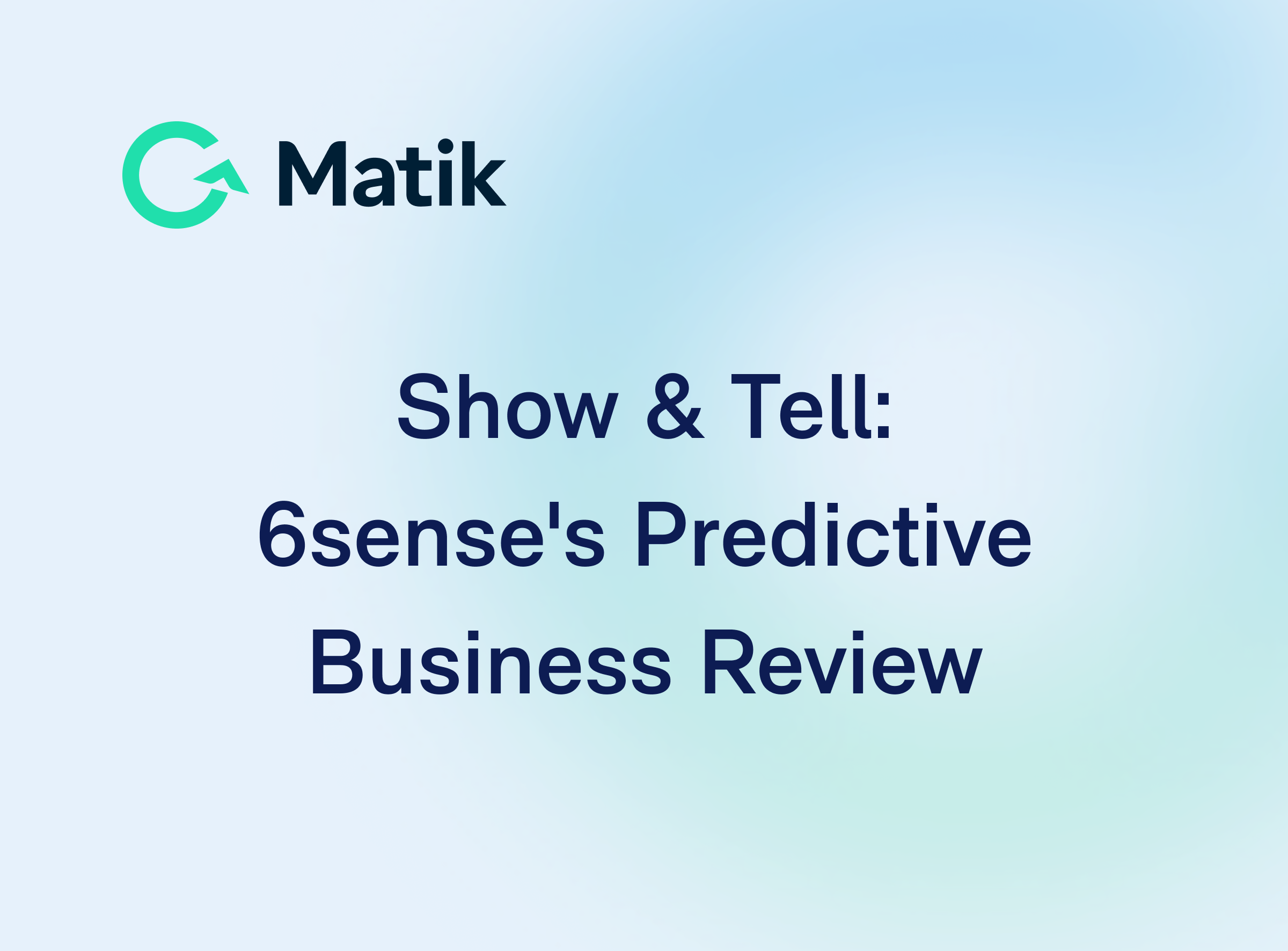Join Our Newsletter
Quarterly business reviews (QBRs) are a chance to foster relationships with your customer and remove doubt of renewal. At Matik, we've partnered with customers to automate several of them. Along the way, we've learned what works best. Below are the key ingredients to what a successful QBR does.
1. Aligns the room

Any new faces? It's always best to lead with reintroducing yourself to the customer and confirming no one has left or joined. This includes figuring out the people who aren't in the room (or on the call), but could be key decision makers.
2. Confirms partnership objectives and metrics

You likely setup a few goals and objectives at the kickoff call with the customer. Confirming these and measuring against them during each QBR means everyone is aligned and sets up the right targets for renewal.
3. Highlights adoption, success stories, and recommendations

This section should be the bulk of your meeting, but remember not to get into the weeds. Lead with a few key insights to start the conversation and ask for feedback on what they would like to see in the next QBR. Too much data and the conversation lacks focus; too little data and you won't convince them of the success to date.
4. Agrees on next steps and sets up renewal

Setting clear dates with stakeholders and milestones will ensure there's no confusion on plans moving forward. It also builds trust that you know what they need to do to continue to see greater value from your product or service.
Next time, create your personalized QBR the easy way—use Matik's Essential QBR Template for a detailed framework of what to include in your presentation.
---
Ready to try Matik? Request a Demo















